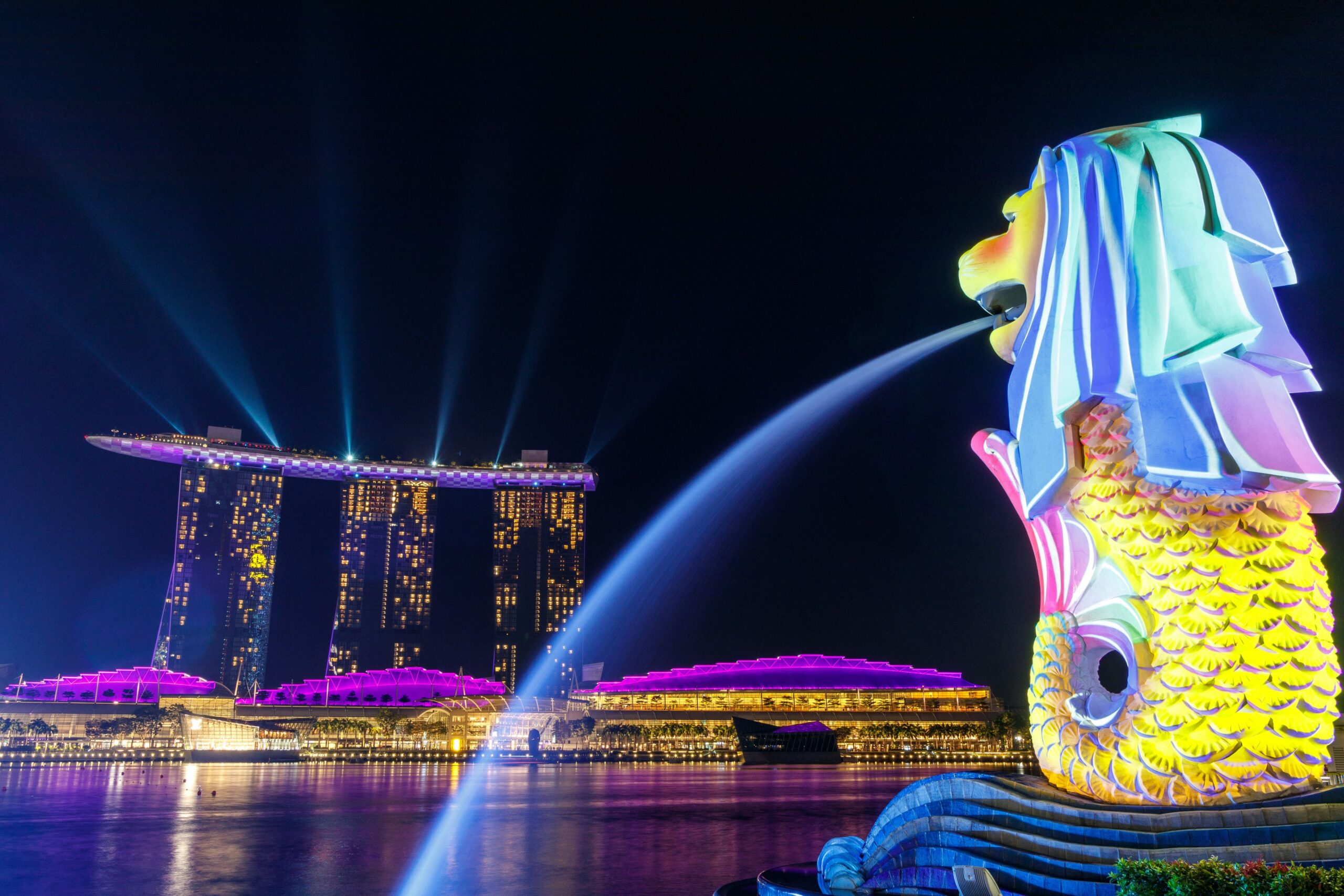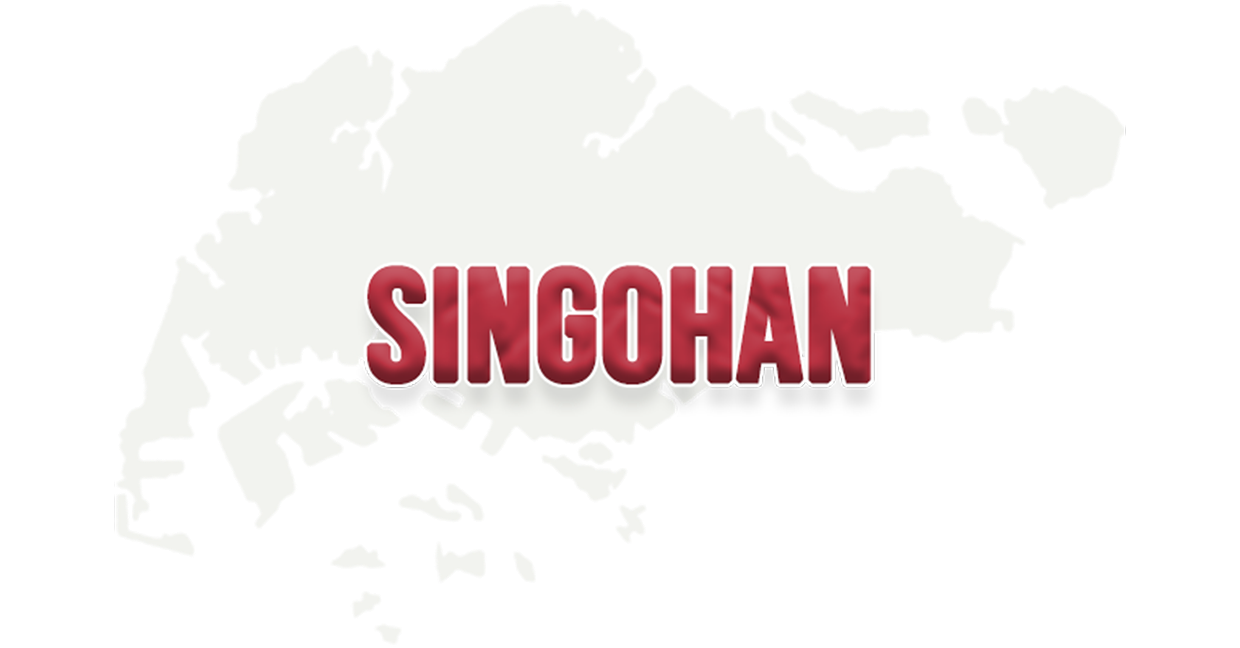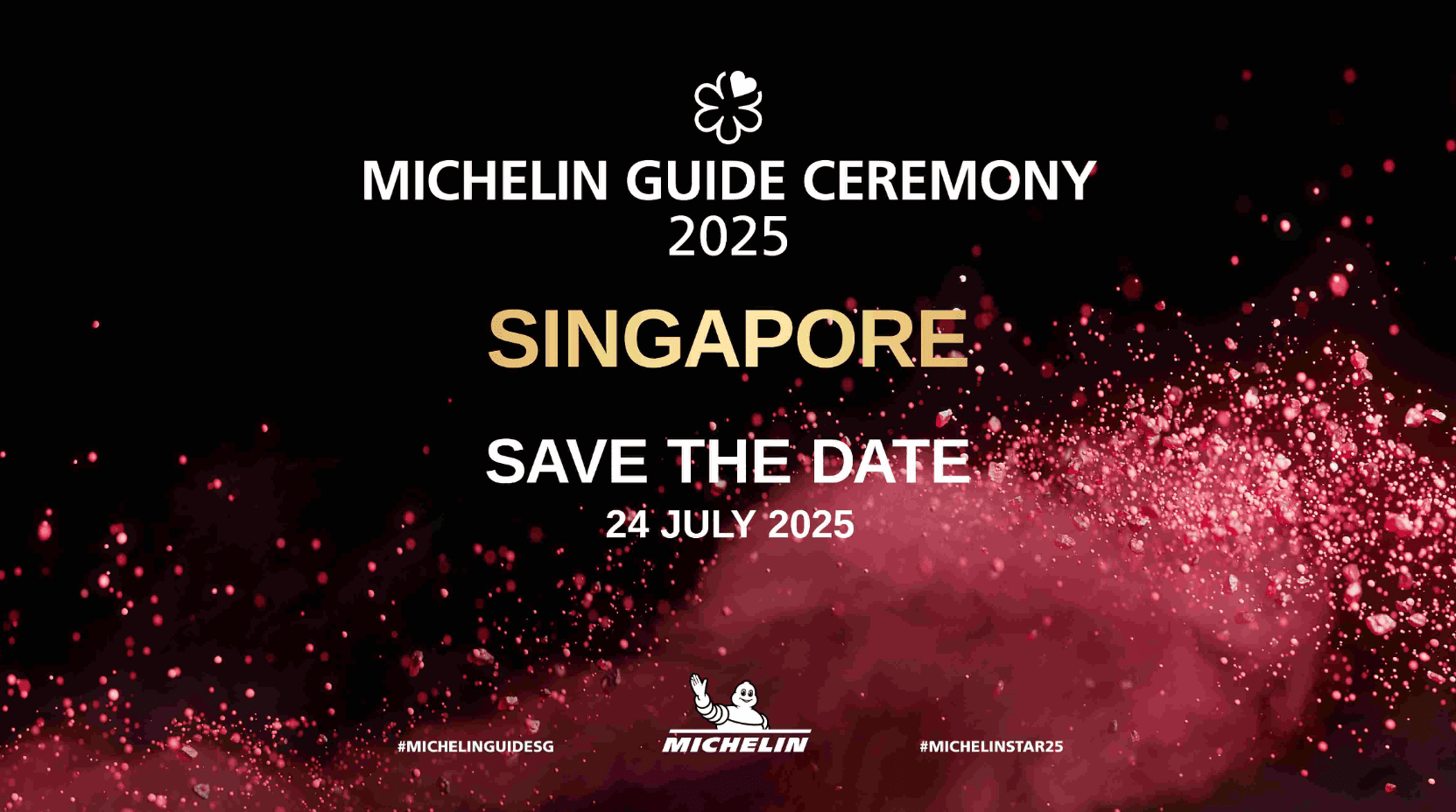The History of Singapore: From Ancient Port to Global City

目次
- 1. Introduction
- 2. Early Days: Temasek – A Trading Port in the Making
- 3. 1819: The Arrival of Stamford Raffles
- 4. British Colonial Era and Urban Development
- 5. World War II and Japanese Occupation
- 6. 1959–1965: From Self-Government to Independence
- 7. Rapid Growth and the “Singapore Miracle”
- 8. Modern Era: A Multicultural and Global City
- 9. Conclusion: Lessons from Singapore’s Past
1. Introduction
Modern skyscrapers, clean streets, and a vibrant mix of cultures — Singapore is often seen as a symbol of progress and order.
Yet behind this small island nation lies centuries of rich and complex history.
From its beginnings as a trading port to a British colony, through war and independence, Singapore’s journey is a story of resilience and reinvention.
Let’s explore how this city-state evolved into one of the most dynamic global hubs in Asia.
2. Early Days: Temasek – A Trading Port in the Making
The history of Singapore dates back as far as the 3rd century, when it was already known as a stopover for merchants navigating the Straits of Malacca.
By the 14th century, the island appeared in records as “Temasek”, meaning “Sea Town.”
It flourished under the influence of empires like Srivijaya and the Malacca Sultanate, trading with China, India, and the Middle East.
Even in these early days, Singapore held a strategic position as a crossroads between East and West, laying the foundation for its future prosperity.
3. 1819: The Arrival of Stamford Raffles
Modern Singapore began in 1819, when Sir Stamford Raffles of the British East India Company landed on the island.
Recognizing its potential as a trading hub, he signed a treaty with the local rulers to establish a British settlement.
This marked the birth of modern Singapore.
The island quickly developed as a free port, attracting immigrants from China, India, and across Southeast Asia.
Under Raffles’ vision, Singapore became a multicultural city that still defines its identity today.
4. British Colonial Era and Urban Development
In 1824, Singapore officially became a British colony and later joined Penang and Malacca as part of the Straits Settlements.
By the late 19th century, it had grown into one of Asia’s key trade centers, driven by industries such as rubber, tin, and shipping.
Many landmarks from this era — like the Raffles Hotel and the Old Supreme Court — still stand today, reminding visitors of the city’s colonial legacy and cosmopolitan roots.
5. World War II and Japanese Occupation
In February 1942, Singapore fell to Japanese forces during World War II and was renamed “Syonan-to” (Light of the South).
The occupation brought hardship and suffering, but also forged a strong sense of resilience among the local people.
After Japan’s defeat in 1945, Singapore returned to British rule, yet the desire for self-governance and independence had already taken root.
6. 1959–1965: From Self-Government to Independence
In 1959, Singapore achieved self-government, with Lee Kuan Yew becoming the nation’s first Prime Minister.
His administration focused on education, housing, and industrialization, laying the groundwork for a modern state.
Singapore briefly joined the Federation of Malaysia in 1963 but separated two years later due to political and economic differences.
On 9 August 1965, Singapore became an independent republic, marking the start of a new chapter in its national story — one celebrated today as National Day.
7. Rapid Growth and the “Singapore Miracle”
At independence, Singapore faced unemployment, scarce resources, and housing shortages.
But through strong leadership and forward-thinking policies, the government transformed these challenges into opportunities.
Key pillars of this transformation included:
- Attracting foreign investment
- Building a world-class education system
- Developing public housing (HDB)
- Promoting safety, cleanliness, and efficiency
Within decades, Singapore achieved what came to be known as the “Singapore Miracle” — rapid industrialization and economic success, turning the island into a global business and logistics hub.
8. Modern Era: A Multicultural and Global City
Today, Singapore is home to a diverse population of Chinese, Malay, Indian, and other ethnic groups living in harmony.
Its government emphasizes meritocracy, multiculturalism, and long-term urban planning.
Singapore’s education, infrastructure, and sustainability policies are recognized worldwide, making it not just a financial powerhouse, but also a model of balanced and inclusive governance.
9. Conclusion: Lessons from Singapore’s Past
The history of Singapore is a story of transformation and perseverance.
From a humble fishing village to a powerful city-state, the country has continuously adapted to the challenges of each era.
Understanding its history helps us see beyond the skyline — to the spirit of unity, innovation, and resilience that built this nation.
When you walk the streets of Singapore, remember that every corner tells a story of how a small island became a global success.
(Photo by Unsplash.com)



